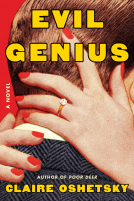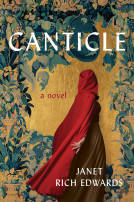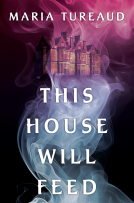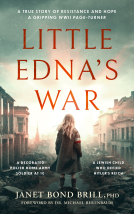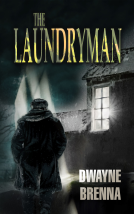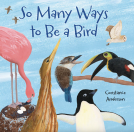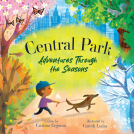
Robin and the White Rabbit
A Story to Help Children with Autism to Talk about their Feelings and Join In
by Åse Brunnström; Emma Lindström
This title was previously available on NetGalley and is now archived.
Send NetGalley books directly to your Kindle or Kindle app
1
To read on a Kindle or Kindle app, please add kindle@netgalley.com as an approved email address to receive files in your Amazon account. Click here for step-by-step instructions.
2
Also find your Kindle email address within your Amazon account, and enter it here.
Pub Date Jun 21 2017 | Archive Date Jul 31 2017
Description
In this tale we meet a child sitting alone, feeling unable to join in with the other schoolchildren having fun in the playground. Feeling frustrated and lonely, the child's emotions build up until they form a bubble around them, separating them entirely. Who can help the child?
Suddenly a White Rabbit appears, who presents easy and playful ways to get the child to express their feelings. Each time the child says what they like and don't like, it helps to create a hole in the bubble, opening the child up to the wider world.
Through delightful illustrations and photographs, this picture book helps children who struggle with social isolation find a way to communicate with those around them. It can be read by children themselves or with adults as a learning tool, helping children learn to express their feelings through the use of visual communication cards.
Available Editions
| EDITION | Other Format |
| ISBN | 9781785922909 |
| PRICE | £9.99 (GBP) |
| PAGES | 48 |
Average rating from 7 members
Featured Reviews
 Fran E, Reviewer
Fran E, Reviewer
Sitting alone in the playground, in the shade of a tree, Robin watches his schoolmates play. He has a plethora of feelings and emotions he is unable to verbalize. Children on the Autism Spectrum often have difficulty describing their thoughts and preferences. A white rabbit provides a method for Robin's self discovery. Using visual communication via picture cards, Robin can create a list of playground activities he likes and dislikes. The favorite list can then be filtered further. Classmates, especially at young ages, can be instrumental in including him once his preferences are known.
Authors Ase Brunnstrom and Emma Lindstrom have created a platform for parents and teachers to discuss visualization and verbalization at home and within a school setting. Children on the Autism Spectrum may have a greater ability to use picture cards to accurately describe their feelings and preferences. Robin's story of exclusion and his swirling emotions have made him confused and unhappy. The kind, gentle approach of the white rabbit presents a non-threatening, non-judgmental approach allowing Robin to be in touch with his feelings. "Robin and the White Rabbit: A Story to Help Children with Autism to Talk about their Feelings and Join In" is an excellent picture book for children and an outstanding resource for teachers and parents.
Thank you Jessica Kingsley Publishers and Net Galley for the opportunity to read and review "Robin and the White Rabbit".
 Christina R, Reviewer
Christina R, Reviewer
The other children were playing football, but Robin sat alone under a tree.
Suddenly a white rabbit appeared.
Books like these are so important, especially with greater inclusion in mainstream schools. The likelihood is that you have a child on the autistic spectrum in your class, or your child will have a classmate on the autistic spectrum. Find out more about autism here.
This book is useful to discuss how people communicate in a variety of ways and to help build bridges of communication with children who could struggle to express their feelings in words. I think this book could help other children in the class to understand communicating visually and why that might help some of their classmates when they are struggling to find the right words.
Words were tumbling around in Robin's head.
Robin felt lots of different things at the same time.
Robin wished that someone could understand these feelings.
What I liked: The inclusive message, the book spreads knowledge of autism and helps children and educators understand one perspective better.
Even better if: The illustrations are cute and effective, but not my favourite style. I would have liked to see a strategy for Robin to interact with his or her classmates, building upon the communication with the rabbit.
How you could use it in your classroom: Read it to your class (even if they don't have a classmate on the autism spectrum). The chances are they will know someone who is, or will in the future. It is important to help children understand that people communicate in different ways and help them learn to be patient with others.
See review with pictures here: https://chrikarublog.wordpress.com/2017/08/27/book-review-robin-and-the-white-rabbit
 Donna M, Reviewer
Donna M, Reviewer
This is a really lovely book and it is an excellent resource for parents and teachers to share with children to help them understand any classmates that they may have on the autistic spectrum - for me it is a really positive book which will enable better communication with those who may struggle to express their feelings and to make them feel as though they fit in
Readers who liked this book also liked:
Sam Morrison
Children's Nonfiction, Crafts & Hobbies, Outdoors & Nature

